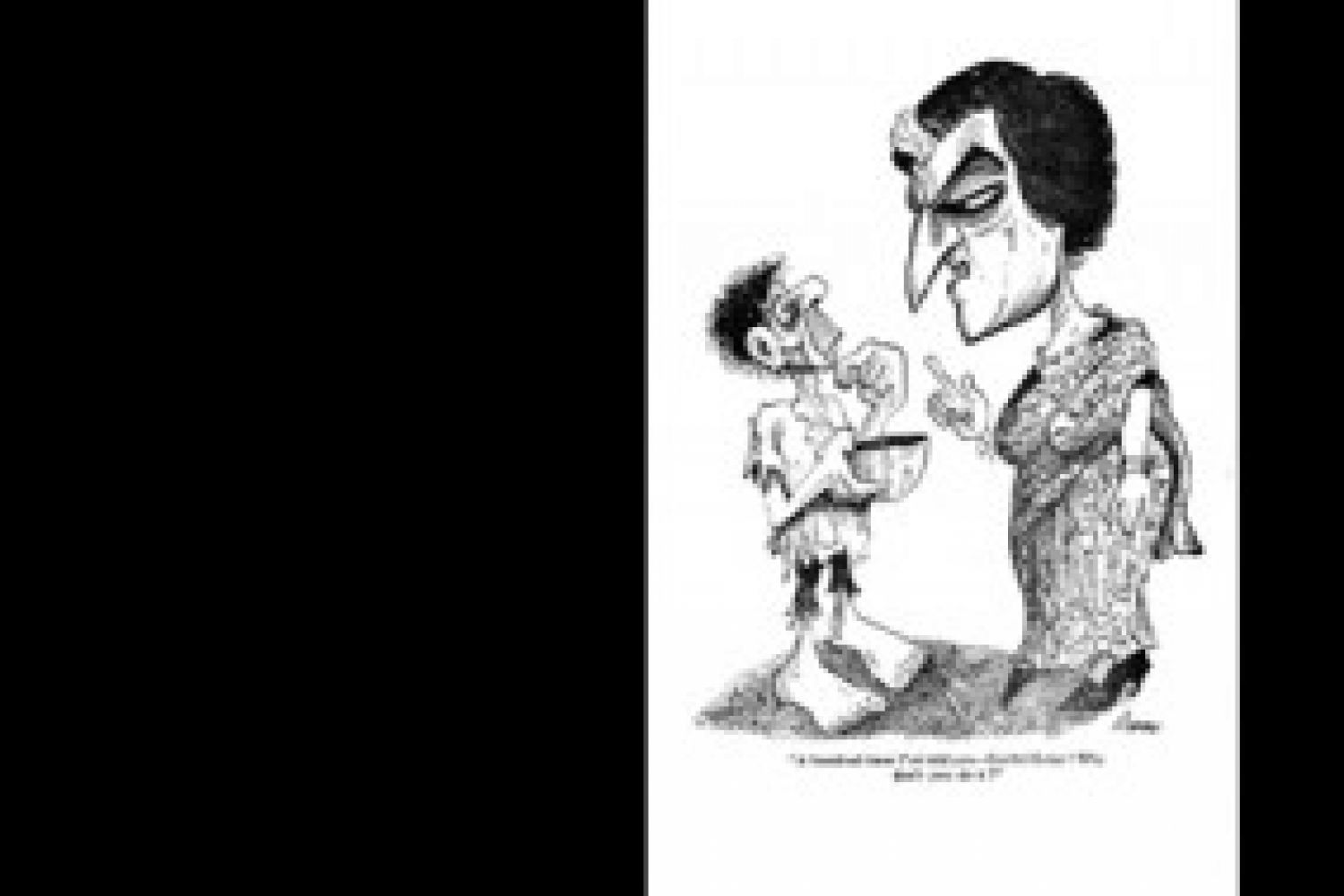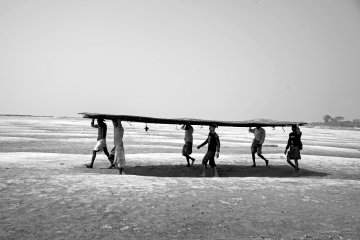
Rajinder Puri (September 20, 1934–February 16, 2015) was an
exceptional cartoonist and political columnist. His work in both areas was
marked by a directness and purity of purpose seldom, if ever, seen in the
oeuvre of any Indian cartoonist or columnist. He had a marked gift for incisive
drawing and writing. There were others like O. V. Vijayan, who could draw and
write expressively, but none had Puri’s bent for savage satire which, no doubt,
had a connection with the Partition, an even





